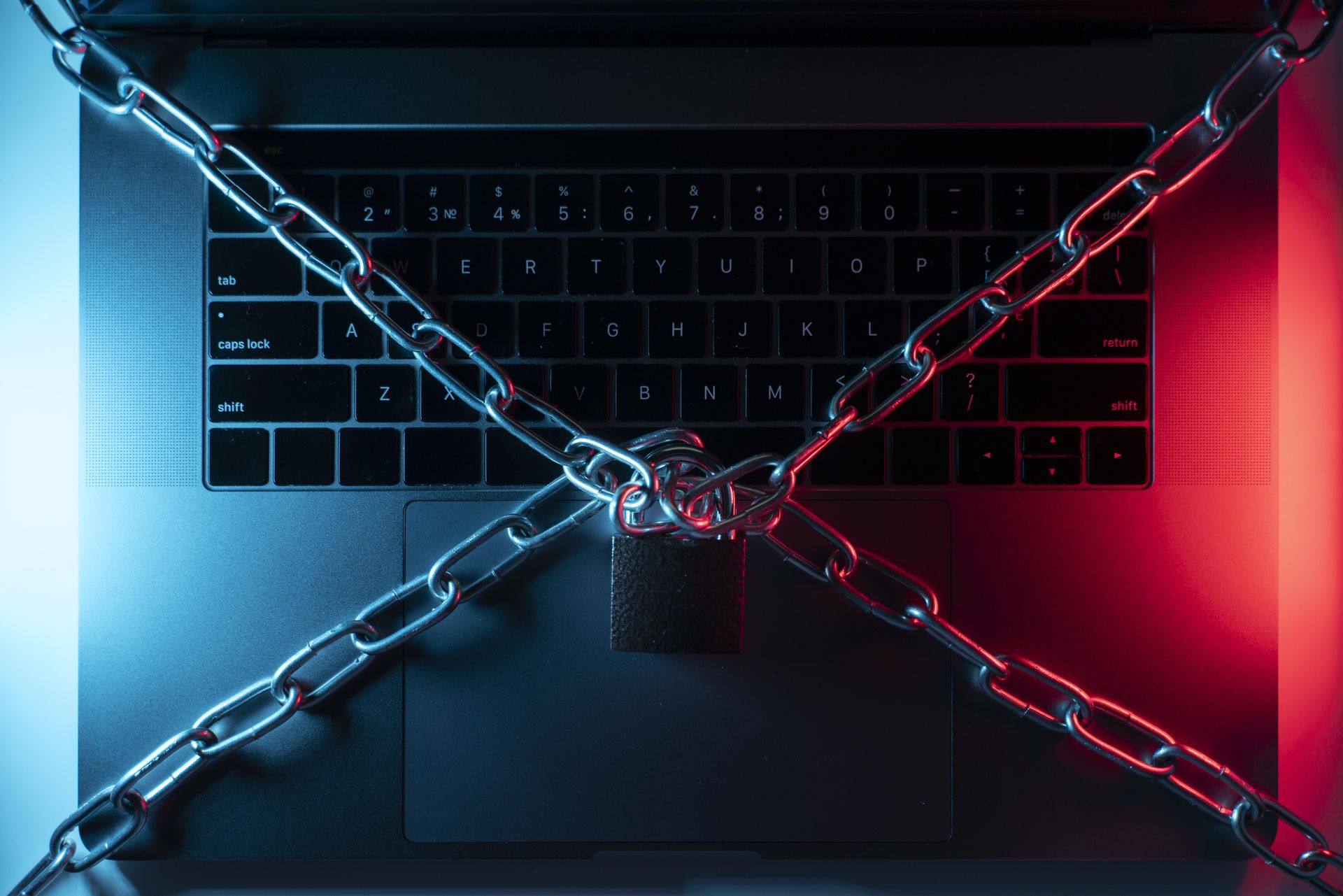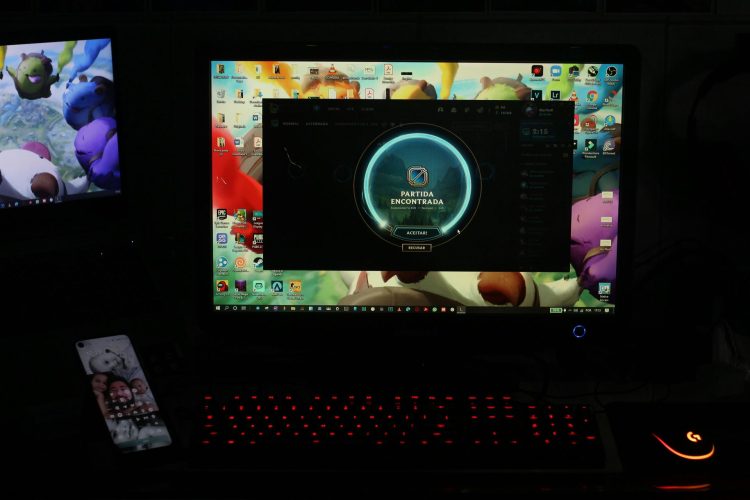League of Legends (LoL) fans are outraged at the postponement of LCK matches caused by LCK DDoS attacks. The attacks have disrupted the match schedule and ruined fans’ enjoyment of watching their favorite teams.
Our previous coverage shared the Epic Games hack rumors, and a DDoS attack hit Blizzard. Here’s what you need to know about the LCK DDoS attack.
LCK DDoS attack: What happened?
Due to the attacks, the rest of this week’s LCK matches will be privately held. LCK content creator and journalist Ashley Kang shared this news with fans earlier today.
The attacks first occurred yesterday, February 28th, and disrupted a T1 match. The attacks caused disruptions to the LCK schedule and resulted in a game pause.

After discussions with the teams, the LCK has decided to complete the first game despite the continued pauses. The second game between T1 and FOX has been postponed to a later date.
Riot Games, which did not break its silence despite all the attacks, attracted the fans’ reaction.
On the other hand, as mentioned above, DDoS attacks started to increase. It is almost as if the attackers have agreed among themselves. Epic Games’ hacking news and DDoS attacks on Blizzard made us think about this.
The February 28 outage is not the first example of DDoS attacks in South Korea. According to Kang, Korean League servers have been subjected to such attacks for the last two months. This has also made it difficult for some players like Faker to practice in solo queue.
What is DDoS attack?
A Distributed Denial-of-Service (DDoS) attack is a malicious cyberattack designed to disrupt the normal operations of a targeted server, service, or network. It works by overwhelming the target with a flood of illegitimate internet traffic, mimicking what might happen if a huge number of legitimate users tried to access the service simultaneously. This traffic, however, is generated by a coordinated network of compromised computers and devices known as a “Botnet”.
Imagine a DDoS attack as a massive traffic jam deliberately created on a highway. The attackers control many cars (compromised computers in this analogy) that they send all at once to clog the road (the targeted server or network). When the number of cars attempting to access the same point exceeds the road’s capacity, legitimate traffic slows to a crawl or is completely blocked. The same principle applies to a web server under a DDoS attack – it struggles or cannot process genuine user requests.

How DDoS attacks work
DDoS attacks can occur in various forms, but they typically follow these steps:
- First, the attacker must assemble a network of infected computers. This is achieved by spreading malware through phishing emails, malicious websites, or other means. Once infected, a computer becomes a “bot” under the attacker’s control.
- Attackers use command-and-control servers to coordinate the botnet. These servers issue instructions to the compromised devices, telling them when to initiate the attack and what target to focus on.
- At the designated time, the botnet springs into action. Each “bot” sends a barrage of requests to the target server or network, similar to a massive rush of website visitors or network traffic.
- The target, designed to handle a certain amount of traffic, is quickly overwhelmed by the sheer volume of requests from the botnet. This flood of illegitimate traffic causes the target to slow down, become unresponsive, or even crash completely.
Final thoughts
The postponement of LCK matches due to persistent DDoS attacks highlights a growing problem within the gaming industry. The fact that these attacks coincide with recent incidents targeting Epic Games and Blizzard raises concerns about a coordinated increase in cyberattacks against major players in the gaming world.
The disruption of these high-profile events frustrates fans and potentially damages the reputation of the leagues and companies involved. While DDoS attacks are not new, the recent surge underscores the need for more robust defense systems and proactive measures across the industry.
Featured image credit: Igor Rodrigues / Unsplash





